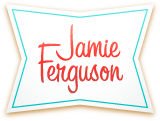Non-character characters
I’m self-publishing my first novel, With Perfect Clarity, which is exciting and fun and terrifying. It’s exciting and fun because I get to call all the shots and do everything exactly how I want it to be done. No rejection letters to deal with, no editor making me change my story in ways I don’t…
